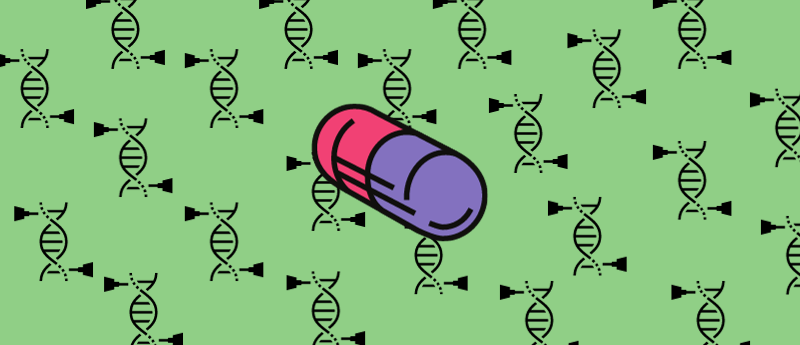Techno-turbocharging medicinal advancements

Researchers from LMU (Munich, Germany), ETH Zurich (Switzerland), and Roche Pharma Research and Early Development (pRED) (Basel, Switzerland) have unveiled a cutting-edge AI model that predicts optimal chemical alterations in drug molecules.
Published in Nature Chemistry, the study, led by David Nippa, a doctoral student at LMU and Roche, highlights the model’s potential to significantly reduce the quantity of necessary lab experiments, enhancing efficiency and sustainability in drug synthesis.
At the core of active pharmaceutical ingredients lies a framework with attached functional groups, imparting specific biological functions. To enhance or create novel medicinal effects, researchers often modify and introduce functional groups to new positions within the framework. However, this process proves challenging due to the inherently low reactivity of the frameworks, as they are primarily composed of carbon and hydrogen atoms.
One such technique of activating the framework is the borylation reaction, during which a chemical group containing boron is attached to a carbon atom within the framework, allowing subsequent replacement with various medically effective groups. Despite its potential, borylation poses difficulties in control within the laboratory setting.
To address this challenge, the researchers focused on this borylation reaction. By training the AI model on trustworthy scientific data and experimental information from Roche’s automated lab, the model was discovered to accurately predict borylation positions for molecules, providing optimal conditions for chemical transformations. Notably, the model’s predictive accuracy improves when considering three-dimensional information, as opposed to just their two-dimensional chemical formulas.
This innovative method has already proven successful in identifying positions in active ingredients for introducing additional active groups. This breakthrough accelerates the development of more effective variants of known drug active ingredients, marking a pivotal advancement in medicinal research and synthesis.




